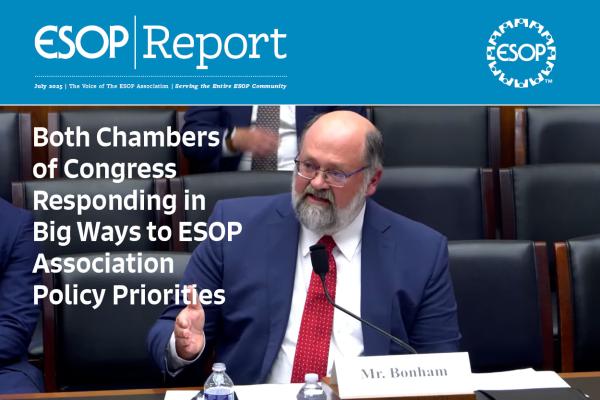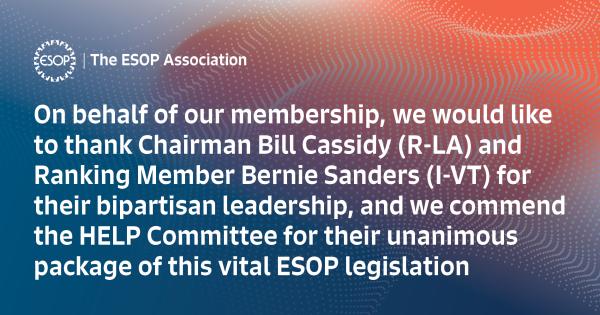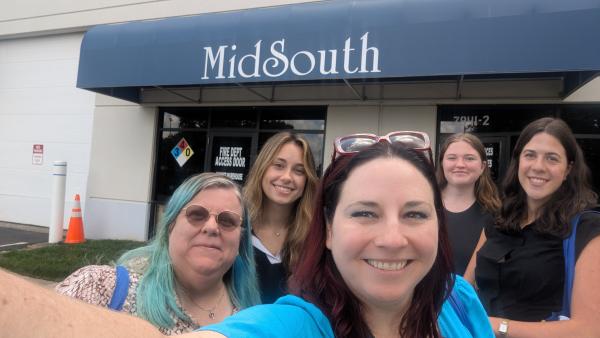Canada’s employee ownership proposal, writes Graeme Nuttall and James Bonham, appears to ignore clear evidence of what has worked in the U.S. and U.K. — but there’s time to fix it.
We have witnessed a recent surge in business transitions toward employee ownership in both the United Kingdom and the United States.
Canada is attempting to join this phenomenon with the introduction of Employee Ownership Trusts (EOTs) in the recently released 2023 federal budget. This should be great news as employee ownership can lead to greater household wealth for workers, greater job security, more stable local economies and healthier work environments.
Unfortunately for Canadians, the blueprint outlined in the recent budget lacks key incentives that have underpinned the success of employee ownership in both the U.S. and U.K.
As consultations are soon to begin on the Canadian government’s proposed EOT legislation, we’d like to offer some advice. We’ve been directly involved in policy choices that have led to hundreds of new employee-owned businesses in both our countries and we think there’s more Canada can learn from both the challenges and successes we’ve experienced.
Last September, a group of nearly 50 academics, practitioners and government officials from eight nations, including Canada, gathered at Oxford University to discuss the U.K.’s Employee Ownership Trust model and the ever-evolving American Employee Stock Ownership Plan (ESOP) model.
We have witnessed a recent surge in business transitions toward employee ownership in both the United Kingdom and the United States.
Canada is attempting to join this phenomenon with the introduction of Employee Ownership Trusts (EOTs) in the recently released 2023 federal budget. This should be great news as employee ownership can lead to greater household wealth for workers, greater job security, more stable local economies and healthier work environments.
Unfortunately for Canadians, the blueprint outlined in the recent budget lacks key incentives that have underpinned the success of employee ownership in both the U.S. and U.K.
As consultations are soon to begin on the Canadian government’s proposed EOT legislation, we’d like to offer some advice. We’ve been directly involved in policy choices that have led to hundreds of new employee-owned businesses in both our countries and we think there’s more Canada can learn from both the challenges and successes we’ve experienced.
Last September, a group of nearly 50 academics, practitioners and government officials from eight nations, including Canada, gathered at Oxford University to discuss the U.K.’s Employee Ownership Trust model and the ever-evolving American Employee Stock Ownership Plan (ESOP) model.
A tax incentive also levels the playing field with other possibly more lucrative options involving sales to third parties.
The second essential ingredient for a successful policy is availability of financing. In an EOT, benefits are available to all employees, and they don’t pay for the company out of their pockets. That’s why they’ve been so meaningful for low-wage workers in the U.S. and the U.K. This outcome is only possible because EOTs are funded by debt.
Banks in the U.S. regularly finance employee ownership, but additional debt is almost always required from the owner themselves. In the U.K. most sales of businesses to EOTs are financed entirely by the owner. In both countries, selling to an EOT means deferring proceeds over several years.
We’ve learned that owner-financing comes with the added benefit of continuing their engagement in the business after the sale, ensuring the transition to employee ownership goes smoothly. A capital-gains tax incentive is again important here, as it will compensate business owners for the cost and risk of accepting deferred payment.
Of secondary importance, Canada should consider incentives for banks to enter the market, such as loan guarantees or a reduction in the tax rate on interest paid by EOT-owned companies. The U.S. successfully implemented the latter approach in the early days of the ESOPs existence.
Finally, for a successful EOT policy, there needs to be regulatory clarity and government guidance from transaction through to the post-transaction enterprise. Regulatory clarity and simplicity have been instrumental in the growth of employee ownership in the U.K., but remains the major obstacle to faster employee ownership growth in the U.S.
The U.S. Congress is finally intervening and has directed the regulator to issue guidelines — nearly 50 years after the passage of the law creating ESOPs. The EOT structure proposed in Canada’s budget appears simple but raises many practical questions about how EOTs are to be implemented. We encourage detailed supporting guidance prior to its in-force date.
Canada has a unique opportunity to learn from the U.K. and the U.S. and create a transformative EOT model.
As it stands, the government’s proposal appears to ignore clear evidence of what has worked in our countries. With legislation still months from being introduced, there is time and opportunity to change course and get things right from the outset.
The outcomes for employees and communities are worth the effort.
Graeme Nuttall OBE is a partner in the European law firm Fieldfisher and author of the U.K.’s landmark “Nuttall Review of Employee Ownership.”
Original article posted in the Toronto Star, April 16, 2023.









